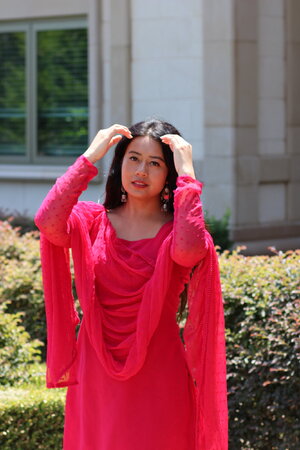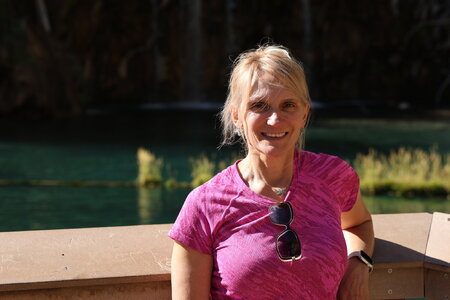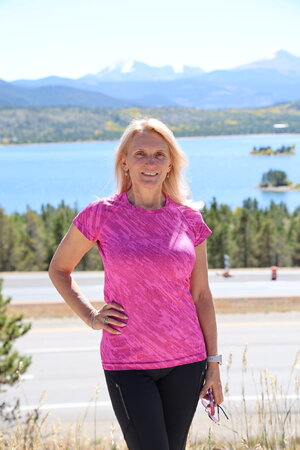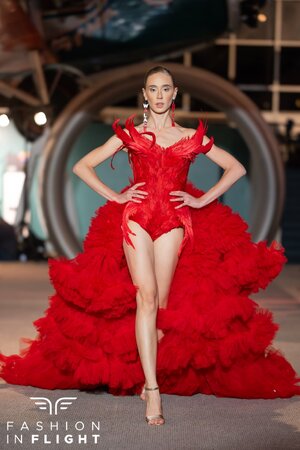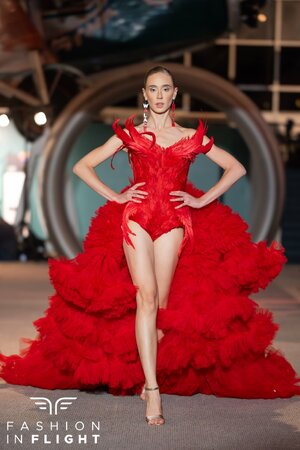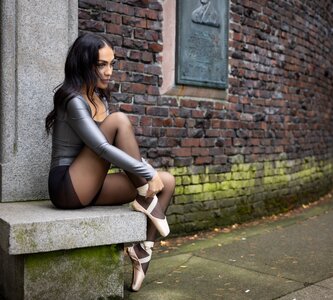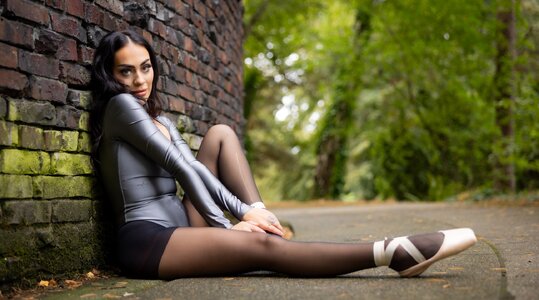Pro Member
- Followers
- 0
- Following
- 0
- Joined
- Oct 11, 2023
- Posts
- 5
- Likes Received
- 2
- Name
- RedHorizon01!
Hello,
I am a photography enthusiast who enjoys taking primarily Landscape, Portraits, and animal photography (in that order). I currently shoot on the Canon R6 MII and own the RF 16-35 F2.8 and RF 24-105 F4…
I have saved up for a 3rd lense and have been debating between a 50 mm 1.2 and an 85 mm 1.2. I am working on starting a portraits photography side business to help me justify my hobby and the 50 and 85 mm would come in handy. I’ve never used 50 mm before but I have used two 85 mm lenses.
I used to have a canon Ef 85 1.4 and it was was incredible. Loved the quality of photos of that lense especially for its price. When upgrading to the rf system, I bought an RF 85 2.0… I did not like the medoicre boka or the subpar image sharpness so I returned it. I was going to by an 85 mm 1.2 but then I started reading reviews and got the impression that the 55 mm is overall a better and more versatile prime lens not only for portraits but also for landscapes, some Astro photography.. etc..
I’d love to hear from people on their thoughts. After I get either of these, I want to save up for a 100-400 or a 100-500 lense since I love visiting Colorado and shooting wildlife. I want the 100-500 to be better (don’t like the loss in range with extenders…). I look forward to any insight here. I do take some of my images and blow them up into metal prints.
I also do minimal image processing (usually none) and take most photos without a tripod.. I am usually on the move.
I welcome all feedback. Thank you! FYI, here’s a comparison of the ef 85 mm 1.4 shots (girl in red) that I particularly love and 2 85 2.0 equivalents (woman in pink) that made me return it.. I hope a 50 mm 1.2 could do similar things to this 85 mm 1.4 once cropped in..
I am a photography enthusiast who enjoys taking primarily Landscape, Portraits, and animal photography (in that order). I currently shoot on the Canon R6 MII and own the RF 16-35 F2.8 and RF 24-105 F4…
I have saved up for a 3rd lense and have been debating between a 50 mm 1.2 and an 85 mm 1.2. I am working on starting a portraits photography side business to help me justify my hobby and the 50 and 85 mm would come in handy. I’ve never used 50 mm before but I have used two 85 mm lenses.
I used to have a canon Ef 85 1.4 and it was was incredible. Loved the quality of photos of that lense especially for its price. When upgrading to the rf system, I bought an RF 85 2.0… I did not like the medoicre boka or the subpar image sharpness so I returned it. I was going to by an 85 mm 1.2 but then I started reading reviews and got the impression that the 55 mm is overall a better and more versatile prime lens not only for portraits but also for landscapes, some Astro photography.. etc..
I’d love to hear from people on their thoughts. After I get either of these, I want to save up for a 100-400 or a 100-500 lense since I love visiting Colorado and shooting wildlife. I want the 100-500 to be better (don’t like the loss in range with extenders…). I look forward to any insight here. I do take some of my images and blow them up into metal prints.
I also do minimal image processing (usually none) and take most photos without a tripod.. I am usually on the move.
I welcome all feedback. Thank you! FYI, here’s a comparison of the ef 85 mm 1.4 shots (girl in red) that I particularly love and 2 85 2.0 equivalents (woman in pink) that made me return it.. I hope a 50 mm 1.2 could do similar things to this 85 mm 1.4 once cropped in..

